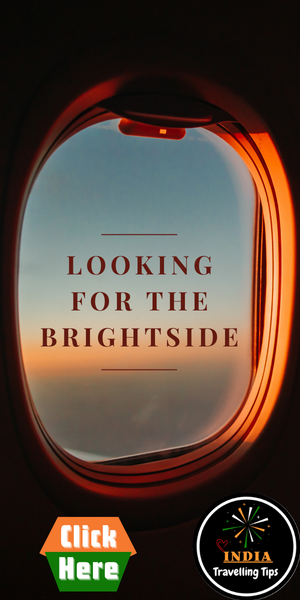Banner advertising is by far the most popular and widespread form of advertising on the Internet, almost every website has some form of banner advertising on it.
There's just no escaping the
banner on the net.
Even though we have all read the news about the declining
effectiveness of banners on the web, I still believe that with
the right 'ingredients' banners can be a good source of visitors
and income for most webmasters.
There are five of these ingredients that I'd consider the most
important, using all or most of them will always enable you to
get a higher click-through for your various banners.
I'll list
them and then continue to discuss each one in a bit more detail.
1 Small file
2 Call to action
3 Animation
4 Good ad copy
5 Fake factor
1. Small file
This is one of the most important things you have to get right
when designing a banner, if the .gif or .jpg file is large it
will take a few seconds to download and by then the visitor might
have scrolled down the page, meaning he or she doesn't even get
to see your banner.
If people don't see your banner they
definitely are not going to click on it.
So make sure your file
stays below 10K, 15K at the absolute most, it's sometimes hard to
do, but if the others can do it, we can do it too.
2. Call to action
This is one of the easiest ways to increase the CTR (click-through rate) of a banner, on this, all the experts agree.
Using a
call to action simply involves having the words "click here" or
some other words such as "sign up now" or something similar.
My thoughts on why using a call to action increases the CTR so
much include the fact that there is so much advertising offline,
such as TV, Radio, billboards etc. etc.
With advertising on these
offline mediums, target audiences are generally just required to
watch or read the ad.
All ads online have a link and the purpose
is to get people to click on the ad and visit the advertiser's
website, however with the world being so used to off-line
advertising many people just see banners and think that's it,
they don't realize that they are actually meant to click on it to
find out more.
That's why having a "click here" or another call to
action button improves the effectiveness of a banner.
3. Animation Banners
Moving elements attract the eye a lot more than
static banners do.
The whole idea of designing banners is to grab the attention of website visitors, and using small animation help to do
this.
I say small because I don't want you to go overboard and
fill a banner with lots of animation.
This is a bad idea due to:-
a) It increases file size, and
b) It is generally annoying to
people after a while especially when they are trying to read an
article or tutorial.
If your banner annoys them, they will most
likely just leave without clicking on it.
4. Good ad copy
This one is kind of a given, but you should always include good
ad copy in your banner, lots of fancy animation and pictures
won't entice them to click, they look after grabbing the attention
of the visitors.
It's the actual text that will get people
wanting to check out your product.
Try to emphasise the benefits,
not the features of your product or service.
Tell people how your
product will make their life easier.
Keep your wording short and
concise, if you can use words that have been proven to attract
people such as "free", "proven" and "secret" do.
5. Fake factor
Although personally, I'm against fake factors, it is still a way to create a high-converting banner.
Many of the very successful banner ads of late have incorporated
some kind of fake elements in them.
There are various fake
elements banner designers can use, such as fake scroll bars,
fake text links, fake selection boxes, fake text boxes, and fake
submit buttons to mention just a few.
Banners with fake elements
perform so well because people think there clicking on a link to
go to another page on the current site (as in the fake text
links) or they think they are clicking on a button but in fact, they
are actually clicking on a banner with a picture of a button and
text link.
These fake banners are made using the Print Screen button usually
found on the right side of any standard keyboard.
Simply open a
webpage or application and press 'print screen' then crop the image
around the button or scroll bar area (the area you want to fake)
and then paste it into your banner, and that's it, you have fake
elements in your banner.
Alternatively, designers simply draw
buttons, scroll bars etc. using their graphics program.
Well there you have it, the five most important pointers to
remember when designing banners.

Sum Up
Before we end, I want to talk about targeting your banner.
Always place your banner on sites that cater for your
target audience (ie - the people most likely to buy your
product).
There's no point putting a banner for a new golf club on a site dedicated to software, visitors to the site
simply are not going to be interested and you're just wasting
your money.
You should aim to place the golf banner on the golf
course websites and golf-related
sites, this way you are much more likely to make money.
Exposing your banner to your target audience leads to a successful campaign.
.png)



.png)









0 Comments